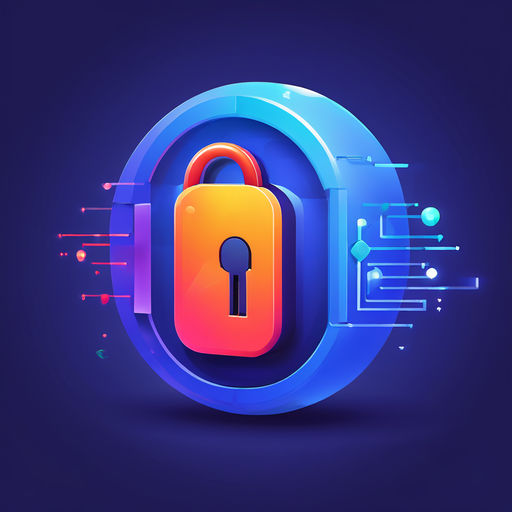 In today's digital age, our lives are increasingly intertwined with the online world. From banking to social media and everything in between, we rely on the internet for countless tasks. However, with this convenience comes the looming threat of cyberattacks. Cybercriminals are constantly evolving their tactics to exploit vulnerabilities and gain unauthorized access to our sensitive information. In the battle for cybersecurity, one of the most effective defenses we have is multi-factor authentication (MFA).
In today's digital age, our lives are increasingly intertwined with the online world. From banking to social media and everything in between, we rely on the internet for countless tasks. However, with this convenience comes the looming threat of cyberattacks. Cybercriminals are constantly evolving their tactics to exploit vulnerabilities and gain unauthorized access to our sensitive information. In the battle for cybersecurity, one of the most effective defenses we have is multi-factor authentication (MFA).
Understanding Multi-Factor Authentication
Multi-factor authentication is a security measure that requires users to provide two or more forms of verification before gaining access to an account or system. These factors typically fall into three categories:
Something You Know: This can be a password, PIN, or answers to security questions.
Something You Have: A physical token, such as a smartphone, smart card, or USB key.
Something You Are: Biometric data, like fingerprints, facial recognition, or iris scans.
By combining these factors, MFA adds layers of security that significantly reduce the risk of unauthorized access, even if one factor is compromised.
The Importance of Multi-Factor Authentication
Enhanced Security: Passwords alone are no longer sufficient to protect against cyber threats. With the prevalence of data breaches and password leaks, relying solely on passwords leaves accounts vulnerable. MFA adds an extra barrier, making it much harder for attackers to gain access, even if they manage to obtain your password.
Protecting Sensitive Information: Many of us store sensitive information online, from personal emails to financial accounts. MFA adds an extra layer of protection to these accounts, reducing the likelihood of unauthorized access and the potential for identity theft or financial fraud.
Mitigating Phishing Attacks: Phishing remains one of the most common methods used by cybercriminals to trick users into revealing their credentials. However, MFA can help mitigate the impact of phishing attacks by requiring additional verification beyond just entering a password.
Compliance Requirements: In some industries, such as finance and healthcare, regulatory compliance mandates the use of multi-factor authentication to protect sensitive data and ensure privacy. By implementing MFA, organizations can meet these requirements and avoid costly penalties for non-compliance.
Implementing Multi-Factor Authentication
Fortunately, many online services and platforms offer MFA as an option for users to enable. Here are some tips for implementing MFA effectively:
Enable MFA Everywhere: Whenever possible, enable multi-factor authentication on all your accounts, including email, social media, banking, and cloud services.
Choose Strong Authentication Methods: Opt for stronger authentication methods, such as biometrics or hardware tokens, whenever they are available. These methods provide an added layer of security beyond traditional passwords.
Educate Users: Educate yourself and others about the importance of MFA and how to enable it on various platforms. Many people are unaware of the risks posed by relying solely on passwords and the benefits of using MFA.
Regularly Review Security Settings: Periodically review your security settings and make sure that MFA is enabled on all accounts where it is available. This can help ensure that your accounts remain protected against evolving threats.
Conclusion
In an era where cyber threats are constantly evolving, multi-factor authentication is a crucial tool in our arsenal for protecting our digital identities and sensitive information. By adding an extra layer of security beyond passwords, MFA significantly reduces the risk of unauthorized access and helps safeguard against a wide range of cyber threats. Whether you're an individual user or a business owner, implementing MFA should be a top priority in your cybersecurity strategy. Remember, when it comes to protecting your digital fortress, it's better to be safe than sorry.
